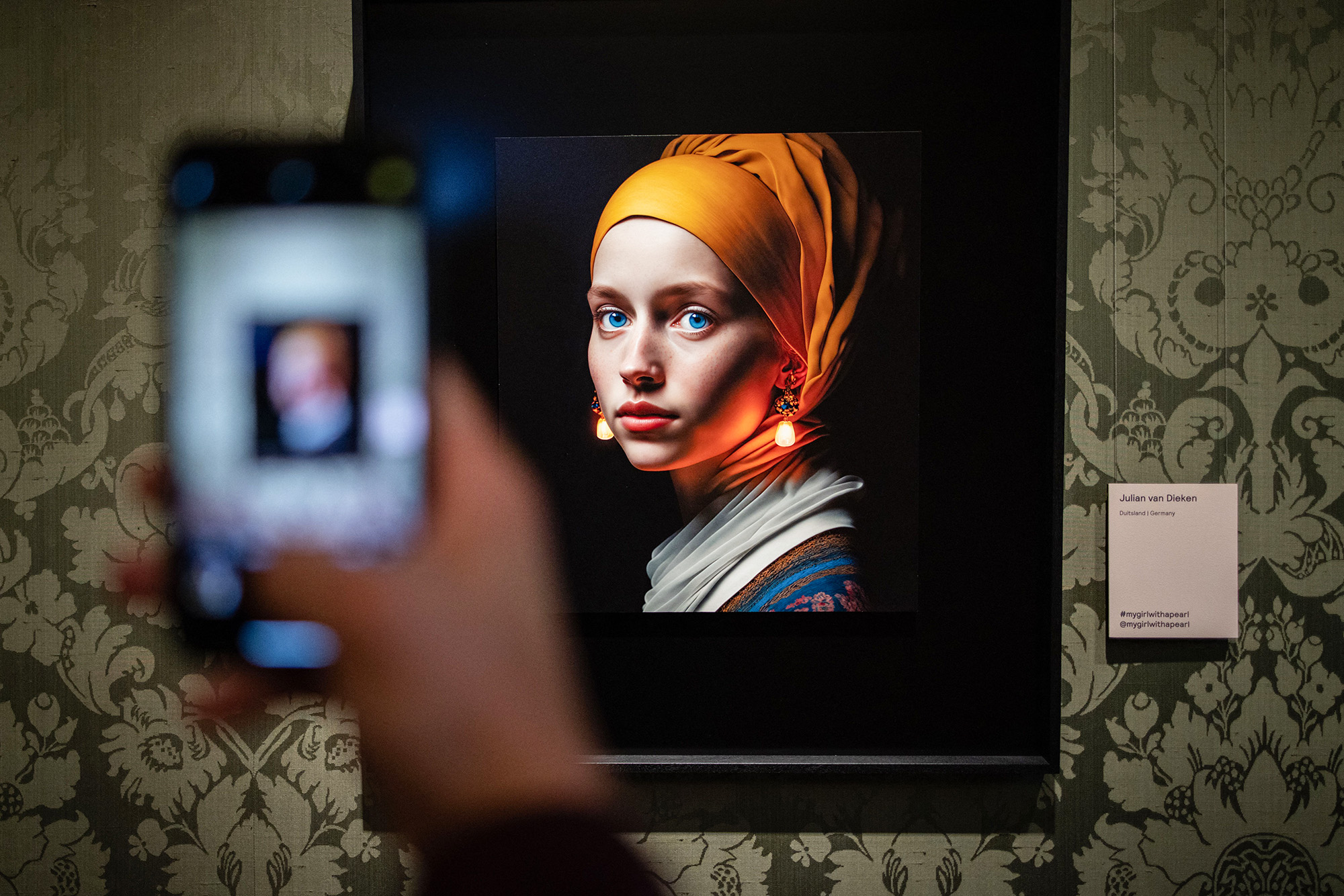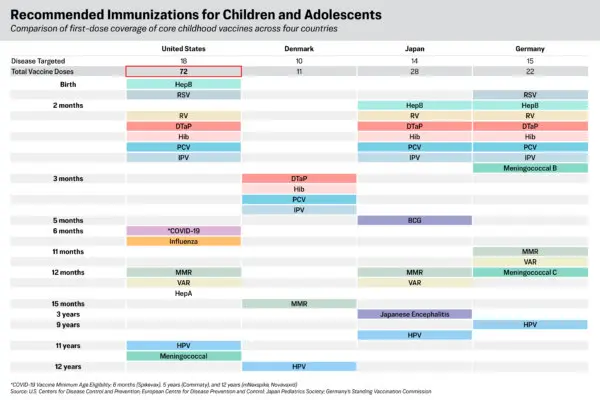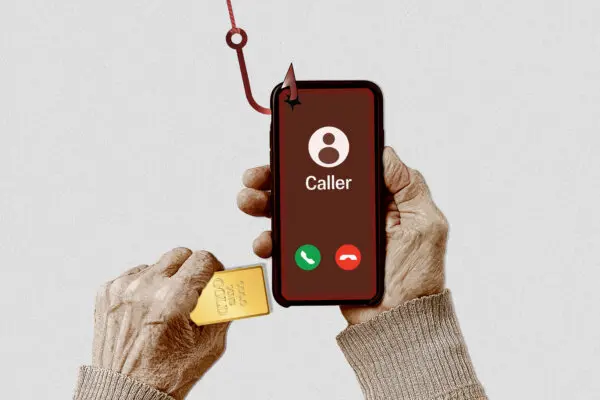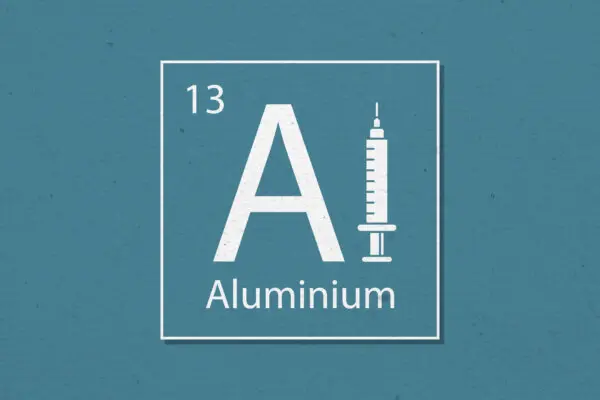A painting created by an AI robot named Ai-Da sold for $1 million in a recent Sothebys auction. The painting is a blotchy, somewhat distorted portrait of early AI researcher Alan Turing against an empty black background, daringly titled “A.I. God. Portrait of Alan Turing.”
The robot’s creator, Aidan Meller, said he believes that the sale will spark conversations about the role of technology in society and art. He insists that Ai-Da is a genuine creative artist. Meller made this assertion before a 2022 committee of British House of Lords, with the robot present and even “speaking” on its own behalf at times. In the unsettling video of Meller’s testimony, Ai-Da’s silent, lifelike head swiveled from side to side as it stood beside Meller, who spoke animatedly about artificial intelligence and the possibility of “hacking” the “systems” of human nature.










